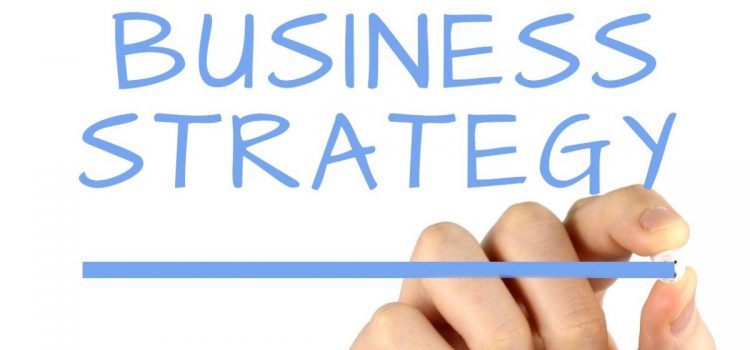

This article is an excerpt from the Shortform book guide to "Playing To Win" by AG Lafley. Shortform has the world's best summaries and analyses of books you should be reading.
Like this article? Sign up for a free trial here .
What sets companies with successful business strategies apart? What is a good business strategy example?
Companies with successful business strategies identify a playing field where they can thrive and figure out a unique competitive advantage that helps them win. A good example is Gain, a subsidiary of P&G. Gain set itself apart from competitors in a crowded detergent marketplace by marketing its product as having a unique and powerful scent. This strategy helped the product become a billion-dollar brand.
Read on to discover the secrets of companies with successful business strategies.
Examples of Companies With Successful Business Strategies
Many companies with successful business strategies have recently gained such a significant competitive advantage that they are able to almost entirely push their competitors out of the arena—think Google, Dell, or Walmart.
However, strangleholds on markets don’t always last. For instance, Walmart got squeezed at a lower price point by various dollar stores and at a higher quality point by Target. Dell had to deal with HP and new tablets from companies like Apple (with the iPad). Google competes with Facebook and Apple in various arenas.
Companies with successful business strategies can’t afford to rest on their laurels. They must constantly think about the best way to win, and they need to find the right people to help them.
For example, at one point, the laundry detergent Gain had been pushed to the brink by Tide, and Gain’s manager John Lilly considered discontinuing the brand. In a last-ditch research effort, Lilly found a small group of potential customers who didn’t like Tide and couldn’t find another brand to replace it. This group was largely concerned with scent—they thought that a certain scent meant their clothes were clean, and they couldn’t find the smell they wanted.
So Gain got into the business of having a specific and powerful scent. As a subsidiary of P&G, they had significant resources to create a scent that was strong and that people liked. Then, they marketed the product as having a strong scent. The company found a unique way to win, and now Gain is a $1 billion brand.
P&G Case Studies: Citrus Hill and Impress
In the past, P&G wouldn’t have made a list of companies with successful business strategies. For instance, in the 1980s, P&G attempted to launch an orange juice product called Citrus Hill that also provided a dose of calcium. They had two tough competitors, Minute Maid (part of Coca-Cola) and then-independent, now-Pepsi-owned Tropicana. The two rich brands fought against Citrus Hill with all of their might, ratcheting up their marketing campaigns in order to stop Citrus Hill from getting a foothold. Their strategies were successful, and P&G had to leave the orange juice market. (They licensed the calcium supplement to Coke and Tropicana).
However, P&G has also managed to use unique winning strategies to their advantage. In the early 2000s, the company faced a similar situation—it developed a brand called Impress that would help to seal food. The brand’s technology was advanced, but it would have to compete against Glad and Saran Wrap. P&G execs didn’t think that they could defeat these two giants, even though they thought they had the best product. So they auctioned off the product, and when Clorox bid, they launched into a partnership with Clorox. Clorox ran the business side, which they were better equipped to do, and P&G gave up some editorial control in order to be successful. The two companies decided that they could best win through partnership, and they were right, as they made their way to a leading market share.
Strategy Everywhere
Some companies think that only workers who are customer-facing need to know and employ strategy. However, companies with successful business strategies have winning strategies at every level of the organization, both outward-facing and inward-facing (for instance, sales and product development).
For example, at one point at P&G, employees received feedback on their business decisions from people in various branches of the company—employees in product development would give their input on sales, and vice versa. Realizing that this diluted the quality of the feedback because people were giving feedback on topics they didn’t understand, P&G streamlined the model, soliciting feedback only from experts in each area. In the process, P&G realized that they had many experts in-house and didn’t need to hire a big research firm.
As we’ve seen, finding your arena and figuring out how to succeed in it are interdependent. If you know where to play but not how to win, you won’t develop a competitive advantage. And if you know how to win but not where to play, you’ll be setting yourself up for failure because the arenas you do choose will likely be too difficult to succeed in.

———End of Preview———
Like what you just read? Read the rest of the world's best book summary and analysis of AG Lafley's "Playing To Win" at Shortform .
Here's what you'll find in our full Playing To Win summary :
- Why the cascade strategy will help you become victorious in your chosen field of play
- Why you should make every choice with the purpose of not just competing, but winning
- How to develop a system of decision-making for your company






